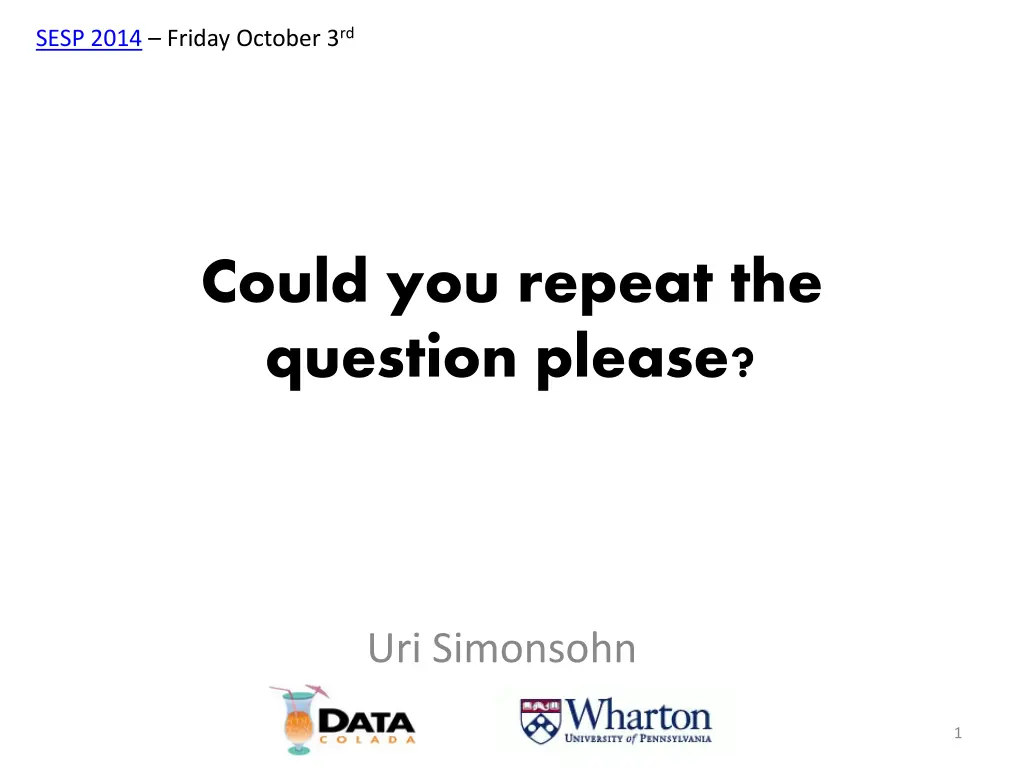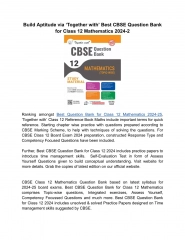
Understanding P-Values and Null Hypothesis in Statistics
Explore the significance of p-values and the null hypothesis in statistical analysis, including discussions on large sample sizes, effect existence theories, and Bayesian statistics. Discover how these concepts inform research outcomes and decision-making processes.
Download Presentation

Please find below an Image/Link to download the presentation.
The content on the website is provided AS IS for your information and personal use only. It may not be sold, licensed, or shared on other websites without obtaining consent from the author. If you encounter any issues during the download, it is possible that the publisher has removed the file from their server.
You are allowed to download the files provided on this website for personal or commercial use, subject to the condition that they are used lawfully. All files are the property of their respective owners.
The content on the website is provided AS IS for your information and personal use only. It may not be sold, licensed, or shared on other websites without obtaining consent from the author.
E N D
Presentation Transcript
SESP 2014 Friday October 3rd Could you repeat the question please? Uri Simonsohn 1
Question Statistics Data needs 2
Question New Statistics Data needs 3
New Question New Statistics Data needs 4
New Question New Statistics Much more Data needed 5
Question Statistics Data needs 6
Question Bayesian Statistics Data needs 7
Unclear Question Bayesian Statistics Data needs 8
Unclear Question Bayesian Statistics (Slightly more) Data needed 9
Results Control: 7.12 seconds Bingo: 8.44 Bingo: 7.66 Bingo: 11.08 Bingo: 7.88 Bingo: 8.24 Bingo 8.24 seconds p = .079 p = .0001 p = .0000001 p = .049 p = .0079 11
Our theories are about existence of effects Our questions are about existence of effects p-value: tool that informs existence of effect 12
Oh yeah? Null is always false! Big N Do we really care if with N=10,000: Control: 7.12 seconds Bingo: 7.16 seconds p<.01? Answer 1: Maybe! Answer 2: Big N not everything is ** anything** 13
Simonsohn (2011) N=12.8 million February 2nd birthday Live in 2nd avenue? p = .74 14
Oh yeah? Null is always false! Big N anything** Do we really care if: Control: 7.12 seconds Bingo: 7.16 seconds p<.01 Answer 1: maybe! Answer 2: Big N not everything is ** Answer 3: We don t have big Ns! 15
Sample Size in Psych Science 2003-2010 Median: n=19 16
When is N too big for p-values? I work near wealthy lab N<500 96th percentile In a 2x2 design 80% power for d=.5 (!) 17
Wait If lab can barely tell you if d=0 or not. Say we did care about effect size How much would we learn? 18
19 http://datacolada.org/2014/05/01/20-we-cannot-afford-to-study-effect-size-in-the-lab/
Lab studies are never too big for p-values However They are always too small for confidence intervals 20
If we have a p-value question And give a CI answer. What happens? Case study: Bootstrapping & mediation If p=.049 The confidence interval does not include 0 If p<.0001 The confidence interval does not include 0 Confidence intervals have reduced information 21
Recall: Question Statistics Data needs 23
Recall: Question Bayesian Statistics Data needs 24
Recall: Unclear Question Bayesian Statistics Data needs 25
Recall: Unclear Question Bayesian Statistics (Slightly more) Data needed 26
Bayesian Hypothesis Testing Very nice approach Are data more compatible with null or alternative? But Which alternative hypothesis? What s the question? Psych Bayesians (so far) default alternative Null: d=0 Alternative: d~N(0,1) 27
Three Problems with Default Alternative Problem 1: Who asked that question? Problem 2: If we ask that question Equivalent to p-value with <.01 Slightly more data Problem 3: Answer changes (a lot) with o other alternative Null: d=0 Alternative 1: d~N(0, 1) Alternative 2: d~N(0, .5) Alternative 3: d~N(0, .25) Same data, different answer. Not clear which it is we are asking 28
Last Slide Question Stats Does effect exist in the lab? p-value That may be the wrong question Let s debate that Be explicit about consequences Can we study our own thing? Leave the lab? Go Within-Subject? Research other things? 29






















